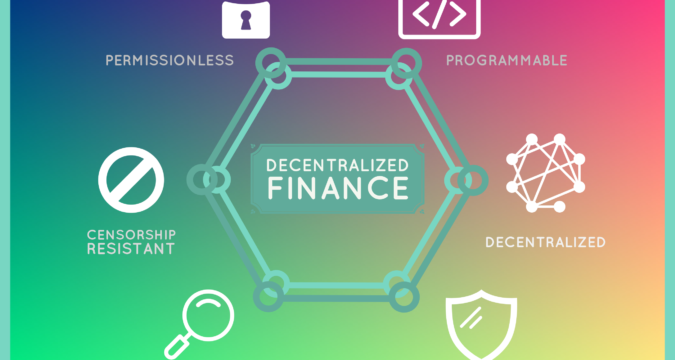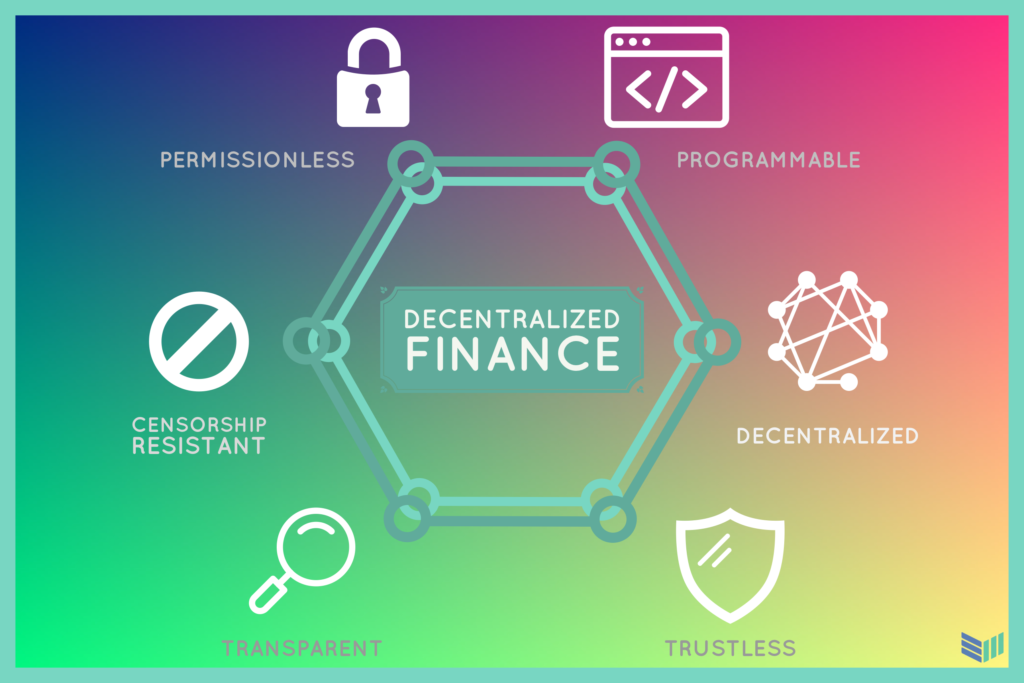
Day 20/21
If you’ve dabbled in the cryptocurrency world, you might know of bitcoin as a “store of value,” and ether (the Ethereum Network token) as the “smart contract thing.”
Yes, you can build cool stuff on Ethereum. You can write “smart” and programmable contracts. You can mint NFTs. You can create entirely new decentralized finance (DeFi) ecosystems on Ethereum and come out with your own tokens if you wanted to.
But ultimately, none of that cool technology that’s sitting on top of the Ethereum blockchain or any other blockchain project matters in the long-run. Why? Because the next generation of the internet should and will be built on Bitcoin instead.
Creating a Decentralized Web
Bitcoin doesn’t need to operate the way that Ethereum does. It works all on its own as a decentralized digital currency, and many people think that’s enough; bitcoin has a simple investment thesis and there’s no need to innovate beyond that when it comes to treating bitcoin as a store of value and high growth asset.
However, problems remain regarding the centralization of the infrastructure built around bitcoin — this includes exchanges and lending platforms that are centrally hosted and remain under the threat of jurisdiction. This creates barriers to entry (unequal distribution based on borders) that could be fixed with a new, decentralized internet infrastructure.
As we went over last week, Bitcoin is the ultimate blockchain protocol to build the next generation internet on, due to its incumbent status as the most secure and decentralized network of any cryptocurrency. Therefore, it only makes sense to innovate DeFi on Bitcoin.

How Will This Happen?
There is an entirely separate technical deep dive required for one to begin understanding the DeFi universe, but the simple reason for why Bitcoin-native DeFi is so far behind is due to its initial design. Other cryptocurrency networks like Ethereum and Solana were built with the intent to create DeFi and Web3.0, but Bitcoin remains simply as a sound monetary network.
While it is difficult to “upgrade” Bitcoin natively, developers can create BIPs (Bitcoin Improvement Proposals) to formally suggest improvements to the core software. However, due to this decentralized process (that makes bitcoin so secure in the first place), it is a difficult and lengthy journey to implement new features such as user-friendly complex smart contract capabilities (which are currently being worked on, such as via BIP-119!).
So instead, many companies and developers are creating layered solutions to help advance Bitcoin’s features, while continuing to secure these projects on the native Bitcoin blockchain. The Lightning Network is one such layer 2 example, and there are other solutions such as Blockstream’s Liquid side-chain or projects like Atomic Finance, SuredBits, Sovryn or HodlHodl.
Remember — there are different sets of tradeoffs and risks associated with each project. Always do your due diligence before using any new tools. This is not investment advice. Don’t trust, verify.

Why The Decentralized Internet Should Be Built On Bitcoin
As we progress into the next generation of the internet, it’s important that we do it securely—and that means building on Bitcoin. Building decentralized projects on centralized, proof-of-stake ecosystems (like Ethereum 2.0) means tolerating the existing financial infrastructures and re-packaging them into “blockchain technologies,” that gleam and glisten on the surface, while centralized stake-holders and those at the top dictate network changes. Additionally, those using the current Ethereum ecosystem must deal with astronomically high fees that often don’t warrant the lower-scale transactions being made.
If we are to make proper decentralized improvements to our existing digital and financial systems, we should do it properly, from the beginning. Use your best colors to paint the portraits of progress on Bitcoin’s canvas. In the end, these are the works of art that will stand the test of time.
Copyright © 2022 BTC Media and posted in it’s entirety so you may learn what BTC is all about.

